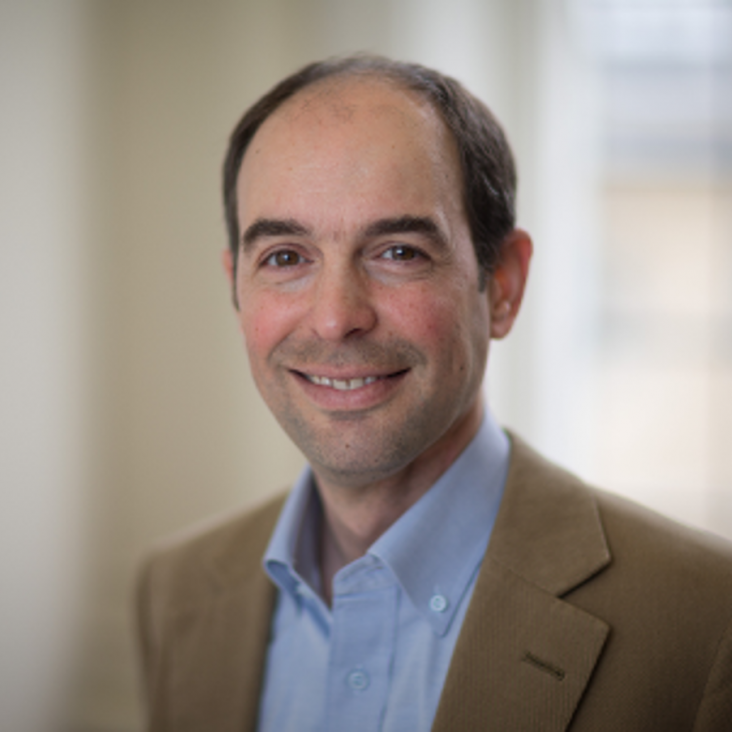Fundamental role of the retarded potential in the electrodynamics of superluminal sources: reply to comment.
J Opt Soc Am A Opt Image Sci Vis 26:10 (2009) 2109-2113
Abstract:
Neither Eq. (6.52) of Jackson [Classical Electrodynamics, 3rd ed. (Wiley, 1999)] nor Hannay's derivation of that equation in the preceding Comment [J. Opt. Soc. Am. A26, 2107 (2009)] is applicable to a source whose distribution pattern moves faster than light in vacuo with nonzero acceleration. It is assumed in Hannay's derivation that the retarded distribution of the density of any moving source will be smooth and differentiable if its rest-frame distribution is. By working out an explicit example of a rotating superluminal source with a bounded and smooth density profile, we show that this assumption is erroneous. The retarded distribution of a rotating source with a moderate superluminal speed is, in general, spread over three disjoint volumes (differing in shape from one another and from the volume occupied by the source in its rest frame) whose boundaries depend on the space-time position of the observer. Hannay overlooks the fact that the limits of integration in his expression for the retarded potential are not differentiable, as functions of the coordinates of the observer, when the distribution pattern of the source moves faster than light. These limits, which delineate the boundaries of the retarded distribution of the source, have divergent gradients at those points on the source boundary that approach the observer, along the radiation direction, with the speed of light at the retarded time. In the superluminal regime, derivatives of the integral representing the retarded potential are well defined only as generalized functions.Quantum computing with an electron spin ensemble.
Phys Rev Lett 103:7 (2009) 070502
Abstract:
We propose to encode a register of quantum bits in different collective electron spin wave excitations in a solid medium. Coupling to spins is enabled by locating them in the vicinity of a superconducting transmission line cavity, and making use of their strong collective coupling to the quantized radiation field. The transformation between different spin waves is achieved by applying gradient magnetic fields across the sample, while a Cooper pair box, resonant with the cavity field, may be used to carry out one- and two-qubit gate operations.Comparison of multiwavelength observations of 9 broad-band pulsars with the spectrum of the emission from an extended current with a superluminally rotating distribution pattern
(2009)
Inadequacies in the conventional treatment of the radiation field of moving sources
(2009)
Quantum computing with an electron spin ensemble
Physical Review Letters 103:7 (2009)


